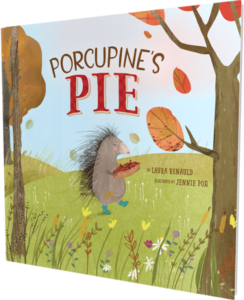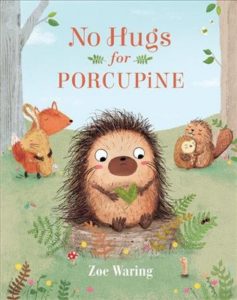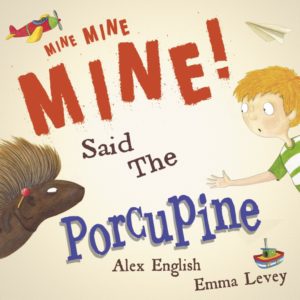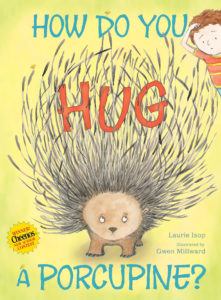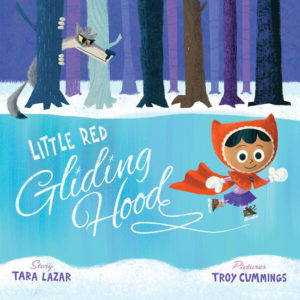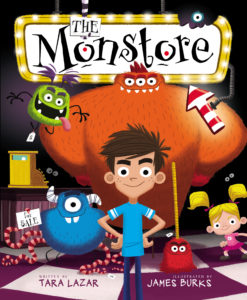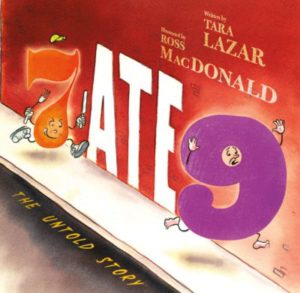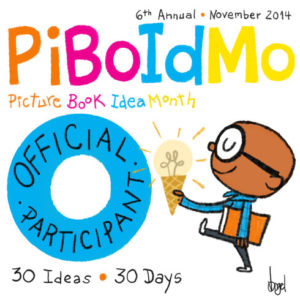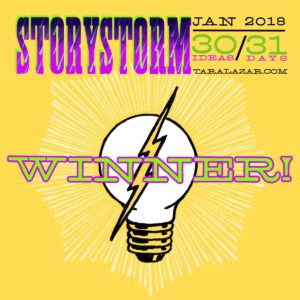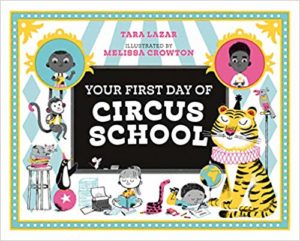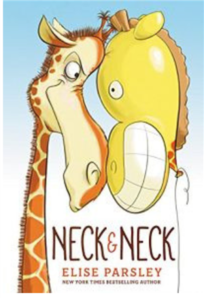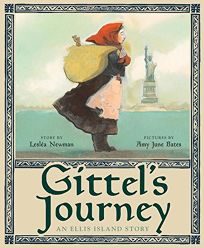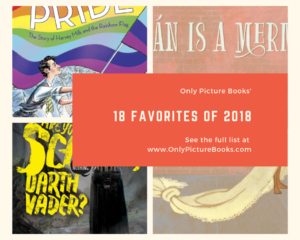
What better way to close out 2018 than with a list of OPB’s 18 favorites from this past year?
Some of these titles appeared in the (digital) pages of OPB.
Some didn’t. (Alas, this isn’t a comprehensive PB review site like PW, Kirkus, or others.)
But make no mistake–I’m a fan of these 18 titles. I’ll even offer up a sentence or three for each to give a sense about why I liked them.
Note #1: Every book listed below is a total winner via my super-subjective estimation. By that, I mean:
- I own a copy. (Yep. Not just the freebie ARCs/galleys here!)
- I’d be happy to read any of these with a child.
- I’d be happy to re-read any of these, even without a child handy.
- I’d be happy to have written, illustrated, and/or edited ANY of these.
- I’d be pleased as Hawaiian punch for any of the involved authors, illustrators, and editors to hit up OPB for an interview. HINT HINT HINT!
Note #2: They aren’t ranked in any particular way, save alphabetically by title. Want to know the #1 picture book of 2018? Read them yourself and make your own choice. Post your choice as a comment here. Or offer it up on your social media. Or add your glowing recommendation on an Amazon or Goodreads page.
Note #3: I like notes.
Note #4: There should be more picture books about sloths. (Please refer to question #1 of the Speed Round of editor Kait Feldmann’s OPB interview for proof of this profound sloth lack!)
Note #5: Refer to notes 1–4, as needed.
Are You Scared, Darth Vader? by Adam Rex (3 July 2018)
I often bring a picture book to share at my SCBWI PALs meetings, and this one brought the house down. It’s loads of fun, but it’s far more than just a Star Wars nostalgia riff. Well done, Mr. Rex!
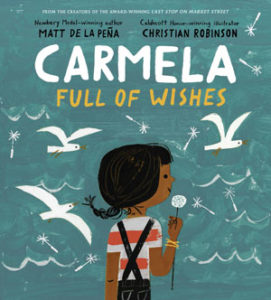
Carmela Full of Wishes by Matt de la Peña, illustrated by Christian Robinson (9 October 2018)
If you liked Last Stop on Market Street, you’ll love de la Peña’s new book that powerfully spotlights children who are worthy of our attention. Plus Robinson’s acrylic paintings are rich and captivating. Simply terrific.
Enjoy an Oct 2018 interview about Carmela Full of Wishes with Matt and Christian at PW.
A Day in the Life of Marlon Bundo by Marlon Bundo and Jill Twiss, illustrated by EG Keller
To everyone’s surprise, political satire and picture books can go together like chocolate and peanut butter. Plus Jim Parsons really rocks it on the audio version.
The Day You Begin by Jacqueline Woodson, illustrated by Rafael López (28 August 2018)
It’s a memorable, inclusive story with lyrical writing and dreamy art. This is a book for every child who feels alone (which is to say “everybody” at one time or another).
Here’s The New York Times article on two of Woodson’s books (including this one).
Drawn Together by Minh Lê, illustrated by Dan Santat (5 June 2018)
This gorgeous book shows the power of art–and the creative process–in action. It’s a visual WOW.
Here’s a June 2018 NPR interview with Minh Lê about Drawn Together.
Giraffe Problems by Jory John, illustrated by Lane Smith (25 September 2018)
About twice a month, I go to my local library and grab two huge bags of whatever picture books catch my eye. Then I read them all at home. That’s the story of how I got introduced to this book, and it was the star of the whole batch by far. Clever. And full of positive messages too.
Here’s a Dec 2018 “speed interview” with Jory John on this cool book.
Grumpy Monkey by Suzanne Lang, illustrated by Max Lang (15 May 2018)
The simplistic yet powerfully expressive illustrations are first-rate. Plus there’s something wonderful about a grumpy monkey screaming “I’m not grumpy!” This is great for a kindergarten reading session. They’ll all make the faces along with the characters for sure.
How to Code a Sandcastle by Josh Funk, illustrated by Sara Palacios (15 Mary 2018)
No rhymes or delicious puns here, but instead you have a kid-friendly book that shows how to break down a seemingly big problem into small, manageable steps. It’s smart, useful, and just silly enough to keep all the learning fun.
Here’s a “Simply 7” interview (by Jena Benton) with the always-interesting Josh Funk.
I Am Human: A Book of Empathy by Susan Verde, illustrated by Peter H. Reynolds (2 October 2018)
I’ve been paying attention to this picture book team since I Am Yoga and they continue to deliver. This book is a fine celebration of the beautiful imperfectness of humanity. It’s a book that says it’s okay to make mistakes, and that’s a fine lesson for young readers that counteracts the over-tested, over-scheduled, must-have-GPAs-higher-than‑4.0 world in which we live.
I Walk with Vanessa by Kerascoët (24 April 2018)
I’ve been a fan of this husband-wife team since their graphic novel Beautiful Darkness. This picture book shows just how magical a wordless story can be.
Here’s a fine review of I Walk with Vanessa at Unleashing Readers.
Julián Is a Mermaid by Jessica Love (23 April 2018)
This is a book that could’ve gone wrong in a host of ways … but doesn’t. It’s beautiful and empowering without being preachy.
Mixed: A Colorful Story by Arree Chung (3 July 2018)
This celebratory book feels more relevant by the day. I’m also a fan of the graphic, eye-catching style.
Read the full review of Mixed at OPB!
Night Job by Karen Hesse, illustrated by G. Brian Karas (11 September 2018)
This gentle story has a great big heart and Karas’ mixed media illustrations are spot-on in every way.
Here’s the starred review of Night Job at Kirkus.
Pride: The Story of Harvey Milk and the Rainbow Flag by Rob Sanders, illustrated by Steven Salerno (10 April 2018)
I know Rob pretty well and despite that (just kidding, Rob!), I think this book is tremendously good and tremendously important. When Rob visited my Writing Picture Books class at Ringling College in spring 2018, he shared this book with them–it became the #1 most talked-about book of the entire semester for the students, and for that reason alone, it’s got to be on this list. I also really dig the back matter timelines.
The Boo-Boos that Changed the World: A True Story About an Accidental Invention (Really!) by Barry Wittenstein, illustrated by Chris Hsu (13 February 2018)
The retro look draws me in as much as the well-told story about a now-omnipresent first aid item.
Here’s a March 2018 speed interview with Barry at The Children’s Book Review.
The Eye that Never Sleeps: How Detective Pinkerton Saved President Lincoln by Marissa Moss, illustrated by Jeremy Holmes (6 November 2018)
The hip cartoony style works well with the text to present a memorable read about one of America’s greatest detectives.
The Wall in the Middle of the Book by Jon Agee (2 October 2018)
This book proves to be quite the discussion starter on the concepts of perspective and assumptions.
Here’s an October 2018 Q&A with Jon at PW.
Here’s an October 2018 interview with Jon at Let’s Talk Picture Books.
We Don’t Eat Our Classmates by Ryan T. Higgins (19 June 2018)
The character? Hilarious. The ending? Delightful. It’s the type of back-to-school book I wish I had when my kids were little.


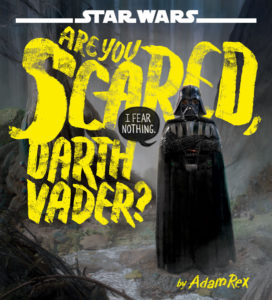
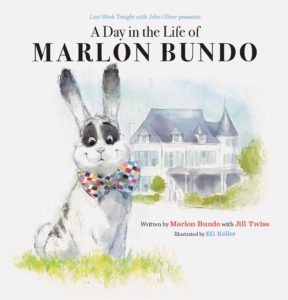
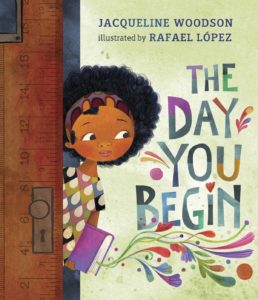
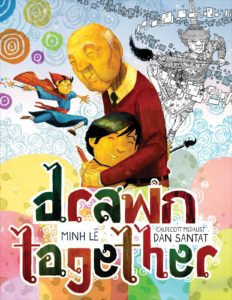
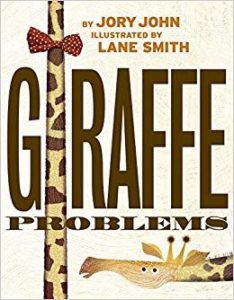
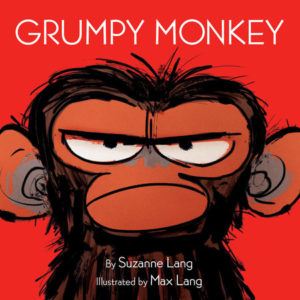
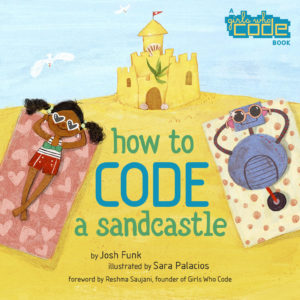
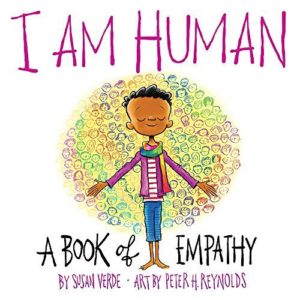
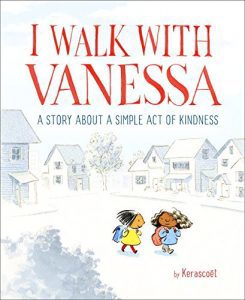
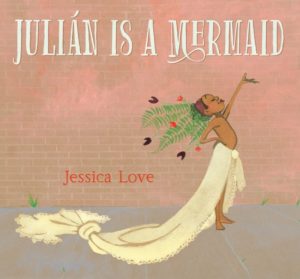
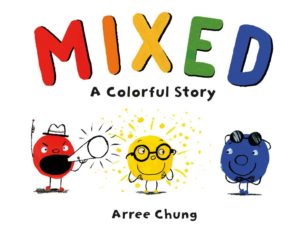
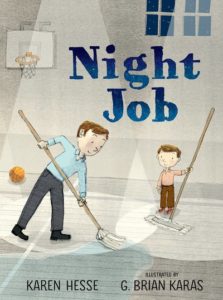
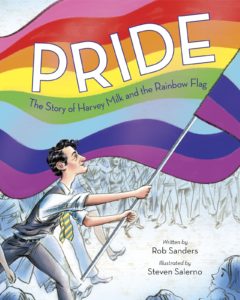
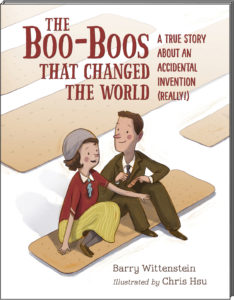
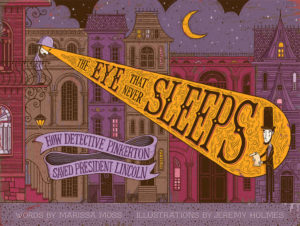
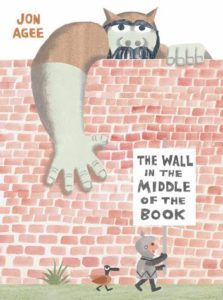
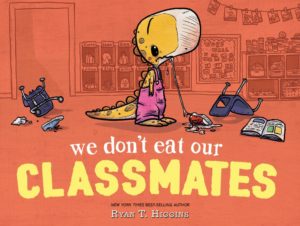

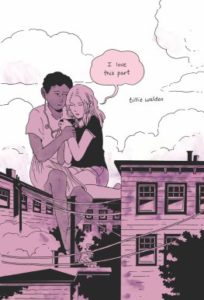
 grammar myself.
grammar myself.